The former salt production areas in Solana have a situation of big potentials and weaknesses. That makes it similar to other equally abandoned production areas where coexist nature and human footprints. What is the peculiarity of this work Compared to others That are facing similar issues?
Indeed, all around the Mediterranean and Adriatic Sea there are similar salines that are out of use. Salt is no longer something similarly valuable as gold, since most of the salt in the world comes from China these days and is very cheap. The Solana Ulcinj is one of the biggest salines in the Mediterranean. What makes it different from the others is that water has to be pumped up from the Adriatic sea to evaporate on a higher plateau. This takes energy and therefore money. Even if also other salines around the Mediterranean may be nature reserves, the Solana Ulcinj is a crucial stopover for birds coming from Northern Europe and Siberia who fly to Africa and Asia and the other way around. It is their last fuel station before they cross the Mediterranean or the first they encounter when they come from the south. 250 of the 500 kinds of birds that exist in Europe appear here. Because of its size, the Solana is difficult to protect from poachers, who kill birds.
There are indeed potentials for the Solana Ulcinj, but it is difficult to capitalise on them in ways that do not harm the wildlife. To attract the birds, salt water has to be pumped up continuously. In other words: it has to function like a saline, even if a saline on this scale is no longer profitable. Therefore,we invited 4 practices with experience in setting up nature reserves, ecoLogicStudio from London (formed by the Italian architects Claudia Pasquero and Marco Poletto), LAAC from Innsbruck, LOLA Landscape Architects from Rotterdam, and The Trigger 50/50 from Podgorica to make plans for the Solana to become a nature reserve that is economically viable. Most practices see opportunities in a combination of a reduced functioning of the saline, producing high quality salt and medicinal mud, and light forms of tourism. Opportunities are also found in synergies with agricultural production in the saline and in in the surroundings. Today, it is easier to think in organisations as networks with multiple partners. Crucial however is that the pumps keep running and the birds are not disturbed.
What means for a small country as Montenegro being inside the big kermesse of the Biennale with a strong proposal like that of your project?
For Montenegro this is a huge opportunity. The Biennale offers the opportunity to liberate money to pay for the projects and to interest 4 international projects to make plans for the Solana Ulcinj. This would have been very difficult otherwise. Until now only big investors and larger European countries had the money to invest in plans for the Solana. It is however clear that they also have other interests. The Biennale offers the opportunity to give the Solana Ulcinj an international and national visibility that will encourage a public debate about it. More important than the Biennale itself are the three symposia we organise in Montenegro and at the Biennale. The catalogue is a newspaper, which is also distributed in Montenegrin with a regular newspaper. As the first symposium,in which we formulated the brief was held in Ulcinj with a broad participation from politicians, preservationists, planners and people from the region, our project sparked a debate even before the Biennale opens. That was not always easy for us, by the way, and at times we literally had the feeling of “Reporting from the front”.
Where does your involvement as curator of the Project Solana Ulcinj end and how you think that this project will grow?
That is a question that is difficult to answer. It depends on the authorities in Montenegro. We have the third public symposium in July in Kotor, within the Kotor Architectural Prison Summer School. The results will be taken up in the regional plan Montenegro is preparing for the area. This will have to be finished before the end of the year, because Montenegro realises very well that the matter of the Solana Ulcinj is extremely urgent. At the last symposium at Kotor APSS in 2015, the former Montenegrin Biennale presentation, on the great but decaying socialist touristic architecture, was debated very successfully. The first international competition that came out of that was just won by Sadar + Vuga and HHF. So in Montenegro, they really try to grab the opportunity the Biennale offers. There is also an interest from architecture schools from all over the world to work on Solana Ulcinj. So our involvement is probably not over with the opening of the Biennale.
There were any relations between the three studies involved in this first phase of this project? They have worked toghether for a common strategy or not?
We consciously did not push for collaborations in this stage. The goal of the project is in the first place to break through the impasse between preservationists, who only want to preserve without thinking about it that Montenegro is a poor country with only 800.000 inhabitants and more exceptional nature reserves to take care of, and the current owners, who only see it as an investment. Therefore, it is more important to show that there are not one but several other opportunities and get feedback from professionals and the population.
During the development of this project there was an involvement of the people living in this area? What are their requirements for the future of this zone?
Yes, there was a symposium in Ulcinj already in February in which we asked the people to come up with their demands and wishes. Apart from the fact they realise the exceptional piece of nature they have in their back yard, with pelicans and flamingos and everything, they are interested in work. Because, depending on the season, the Solana Ulcinj provided work for 300 to 700 people. In general, all over former Yugoslavia, the privatisations and the following de-industrialisation has been a traumatic experience for many. There is a beautiful and significant essay about this in the catalogue.
The next step of this project should be the launch of an international competition. What are the goals you have set for this contest?
I’m not sure if the next step has to be an international competition. It’s more important that the regional plan is made in such a way that the Solana Ulcinj becomes a place as a highly protected nature reserve and is properly embedded in its surroundings, which are developing rapidly because of coastal tourism. Also, it is important that the property rights are cleared. In the mean time it is crucial that the government keeps taking care of the pumping and takes more care of the surveillance of the Solana to prevent poaching. After that, good programs have to be written and managed. When all of this has been taken care of, one may starting about different competitions.
After the Biennale, which imagine that will be the future of this place?
We hope it will remain a place where nature and culture, birds and people can coexist, to use the motto of LAAC’s project.
About Author
Tag
alejandro aravena , biennale venezia 2016 , paesaggio , reporting from the front
Last modified: 27 Maggio 2016



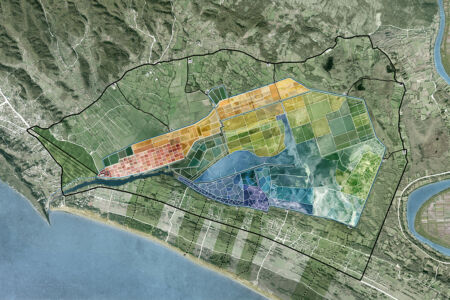
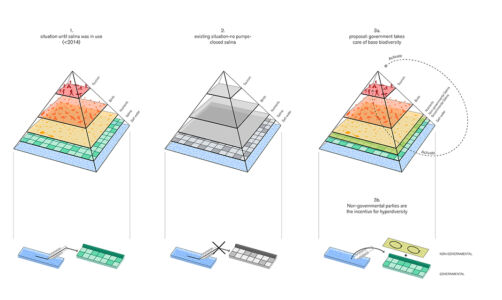
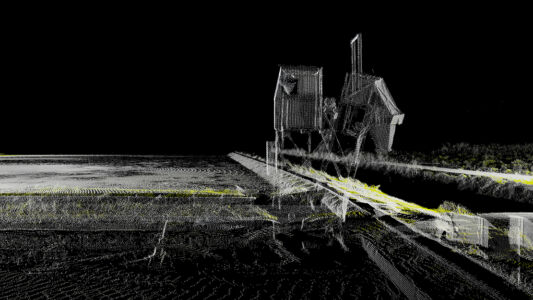
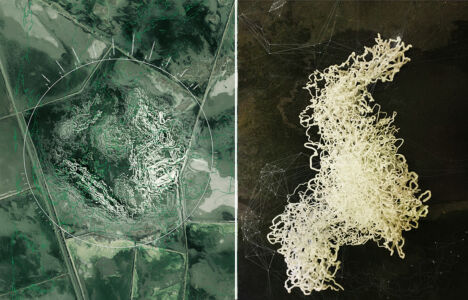













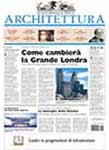


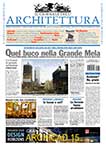




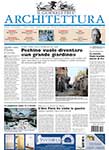

[…] LEGGI L’INTERVISTA IN INGLESE […]